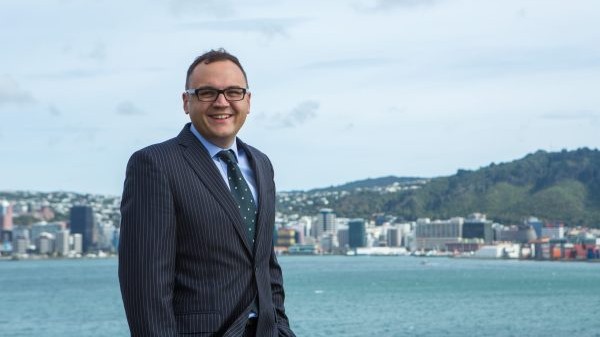
Waka Kotāhi’s Road to Zero strategy is not working. We can and must do more as a country to prevent tragedies like this week’s horror crash between a truck and a van on SH1 between Blenheim and Picton, which killed seven people.
Sadly, we continue to see too many fatal crashes on New Zealand roads. Only 48 hours later, a second deadly crash happened on State Highway 6, also involving a truck and a van. The van driver was killed in the accident.
What can we do?
Road to Zero’s narrow focus on cutting speeds is not the only answer. We need a multi-pronged strategy, focusing on more investment in better maintained and safer roads. We also need to lift driving skills and to raise awareness around trucks.
Speed is one of the factors but it is only one of the things that can reduce the likelihood of a fatal accident; one of them is the quality and maintenance of our highways, which is just not good enough. Truck drivers are professional drivers who spend their working lives on the road and see this from one end of the country to the other.
State Highway 6, between Nelson and Blenheim is a classic example. Two years ago, Transporting New Zealand joined thousands of locals in telling Waka Kotāhi that speed was not the main issue here – what was really needed was more investment in the road itself. Waka Kotahi went ahead and dropped the speed limit and was telling everyone how successful the speed reduction had been and that there had been no deaths on the road since the reduction. Sadly today one family has found out that reducing speed was not the silver bullet promised by the agency. The same situation will be echoed on roads across the country.
Improving roads undeniably increases safety. Median barriers do, in some cases, save lives. They are the quickest and easiest way to prevent risky passing manoeuvres or stop a vehicle drifting across the centreline and into oncoming traffic. Waka Kotāhi is well behind its construction schedule on rolling out median and safety barriers.
These barriers are not the only, or necessarily the best solution, however. New, well-engineered roads are safer. The quality of road surfaces in New Zealand is often poor; and often, so too is the design of the roads. Overseas research shows that fewer accidents happen on multi-lane motorways, followed by other multi-lane roads, with the highest number of crashes occurring on two-lane roads.
Reducing the budget for roading maintenance and indeed new roads compromises everybody’s safety.
While there are often physical characteristics of the roads that make them less safe, driver behaviour is also significant. Whether you are driving a truck or a car or a motorbike, you need to be aware of the situation around you at all times.
Racing driver and AutoSense ambassador Greg Murphy is a passionate advocate on road safety who believes that better driving skills would make a big difference. Compared with other countries, New Zealand continues to rate poorly in this area.
Ia Ara Aotearoa Transporting New Zealand has urged the Minister of Transport to really get behind Truck Safety Week later this year. Truck drivers often have to live with the ongoing trauma of being involved in a serious accident. Just as we have had a big Government fuss and lots of funding behind railway crossing safety every year, we need to build safety and awareness education around trucks. The Government needs to demonstrate they take the safety of all road users as seriously. The size and weight of trucks reduces their reaction times on the road compared with lighter vehicles. The consequences of hitting them can be far more serious and this just isn’t understood by many people that share the road with our industry.
Stay tuned for more details in this space to come – let’s see how the Minister responds to our suggestion.
By Nick Leggett, Ia Ara Aotearoa Transporting New Zealand





